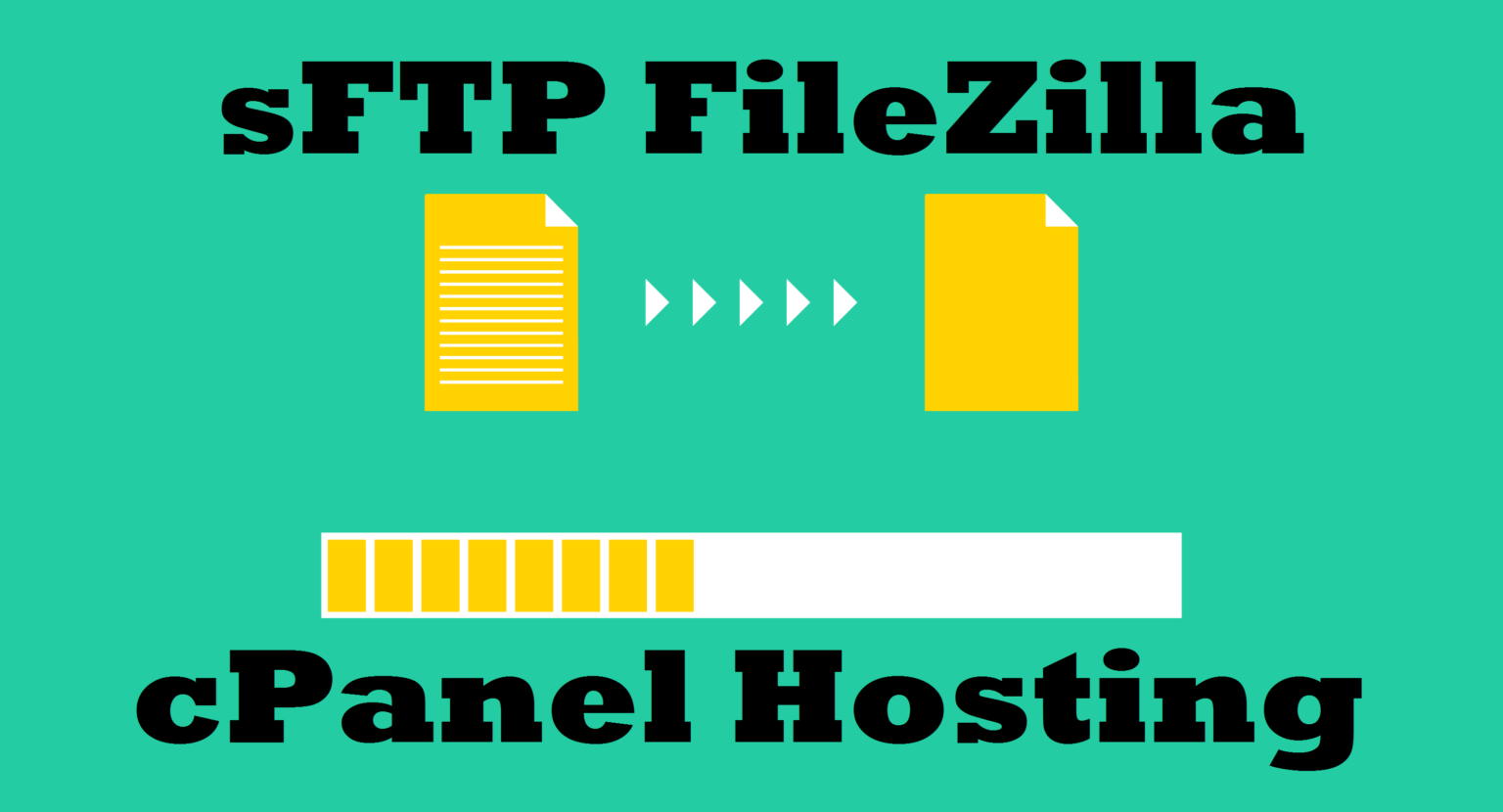
FTP uses port 21 and does not provide any encryption mechanisms, which means that it sends all information in plain clear text, including passwords. It uses the TCP/IP (Transmission Control Protocol/Internet Protocol) communication model to transfer data from server to client regardless of location. 1.1 How Does FTP Work?įTP works using the client/server model. A fast FTP transfer speed will guarantee a good user experience and improved functionality within these applications. In addition, FTP also plays one of the essential roles in a Seedbox or VPS.

In addition, FTP traffic (along with its relatives) is also commonly not monitored and throttled by ISPs or network admins, so they are a safe method (when encrypted) for file sharing.įTP is commonly used for uploading/downloading files to web servers, downloading content from the Internet, as a file-sharing system within enterprises, and more. Its communication comes with low overhead, is fast, but is not secured. Secure copy protocol (SCP) is a means of securely transferring computer files between a local host and a remote host or between two remote hosts.įor more information, visit the Research Computing Wiki.FTP (File Transfer Protocol) is one of the most traditional methods for transferring computer files. For the purposes of this article, we will be discussing how to transfer files between a desktop (client) computer and a Linux server.įor more information, visit the Research Computing Wiki on FTP.


FTP can be used for several functions: exchanging files between accounts and from online software archives, for instance. Research Computing support FTP, SCP and SFTP between the research computing systems.įTP (File Transfer Protocol) is a protocol used to transfer files between clients and servers on a network. STF Renewal Application File Transfers (FTP, SCP).Training in research high-performance computing.Connecting to the Research Computing Systems.Research Cyberinfrastructure (High-performance Computing).


 0 kommentar(er)
0 kommentar(er)
